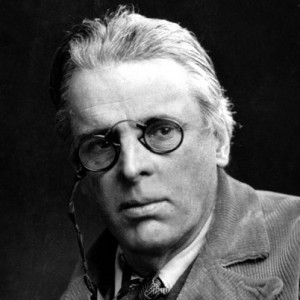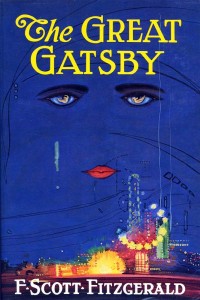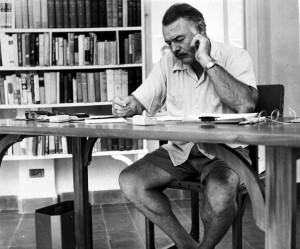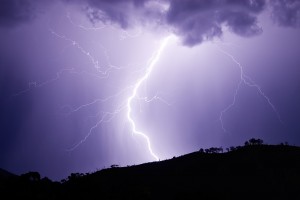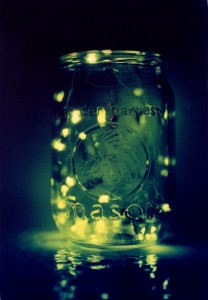The most significant position in the world of poetry is that of the United States Poet Laureate. Every year the Librarian of the U.S. Congress selects a poet for this position. As America’s official poet, the Poet Laureate serves a term from October to May and sets the national tone for the poetry field. In June 2012, Natasha Trethewey was appointed as the 19th Poet Laureate of the United States; she is also the Mississippi Poet Laureate.

At only 46 years old, Trethewey is one of the youngest poets to assume this reveredposition. Trethewey’s appointment is particularly significant not only because of her age range, but also because of her racial and geographical origins. She is the first African-American Poet Laureate since Rita Dove, who held the position from 1993-1995. Trethewey is also the first Southern poet to hold this prestigious post since Robert Penn Warren in the 1940s.
Trethewey’s fascinating yet tragic past has shaped her as both an effective poet and a biracial woman. She was born in Gulfport, Mississippi in 1966, a period of great racial strife in America, particularly within the Southern states. At this time, the marriage between her white father and colored mother was considered illegal. Her parents divorced during her childhood, and her mother remarried a man she later divorced. In a tragic turn of events, this ex-husband later murdered Trethewey’s mother. Trethewey draws on this heart-breaking event and her complex racial and Southern identity in many of her poetry collections, such as Native Guard, which was published in 2006. This collection earned Trethewey the Pulitzer Prize in 2007. The poet has also authored Thrall (2002), Beyond Katrina: A Meditation on the Mississippi Gulf Coast (2010), Bollocq’s Ophelia (2002), and Domestic Work (2000).
Trethewey directs Emory University’s Creative Writing Program and is the Robert W. Woodruff Professor of English and Creative Writing (Poetry Foundation). Trethewey’s style blends both modern and traditional techniques. While employing free verse, poetry that neither rhymes nor has regular meter, Trethewey also invokes the established sonnet and villanelle forms (“New Poet Looks Deep Into Memory, The New York Times). Her use of these forms parallels her exploration of American racial history and the modern racial crisis.
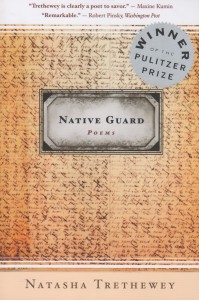 During my reading of Native Guard, I was amazed at Trethewey’s pervasive themes of familial loss, racial struggle, and Southern identity. One of my favorite poems in this collection is “The Elegy for the Native Guards,” which mourns the black regiments in the Civil War, the Native Guards. While the white Confederate soldiers are memorialized for their service in the war, Trethewey questions the lack of commemoration for the colored soldiers. Her poem is meant to eternally honor their sacrifice. As the current U.S. Poet Laureate, Trethewey has already played a major role in leading the literary world in her exploration of memory as well as the racial and geographical identification of oneself.
During my reading of Native Guard, I was amazed at Trethewey’s pervasive themes of familial loss, racial struggle, and Southern identity. One of my favorite poems in this collection is “The Elegy for the Native Guards,” which mourns the black regiments in the Civil War, the Native Guards. While the white Confederate soldiers are memorialized for their service in the war, Trethewey questions the lack of commemoration for the colored soldiers. Her poem is meant to eternally honor their sacrifice. As the current U.S. Poet Laureate, Trethewey has already played a major role in leading the literary world in her exploration of memory as well as the racial and geographical identification of oneself.
– Maddie Thorpe




